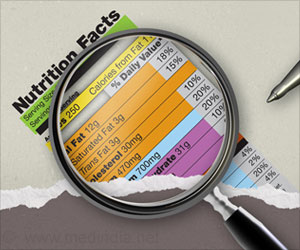- Humans frequently get hungry around the same time every day, although it is uncertain how far our biology can anticipate mealtimes
- The human body can forecast the timing of regular meals
- The researchers also discovered that daily blood glucose rhythms are influenced not just by meal timing but also by meal quantity
What are Circadian Rhythms?
Researchers from Surrey, led by Professor Jonathan Johnston, studied whether the human circadian system expects substantial meals in the first study of its sort. Circadian rhythms are 24-hour cycles of physiological changes, including metabolic alterations, that are normally synchronized to environmental signals such as light and dark cycles. Prior research in this area has relied on animal controls, and it has yet to be confirmed whether human physiology can anticipate mealtimes and food availability.Why Do We Feel Hungry at the Same Time Every Day?
To find out more, 24 male subjects took part in an eight-day laboratory study that included tight sleep-wake patterns, light-dark cycle exposure, and food intake. During six days, 12 participants ate little meals every hour during the day, while the remaining participants ate two large meals every day (7.5 and 14.5 hours after waking).Following six days, all individuals were put on the same feeding schedule for 37 hours, with tiny meals delivered hourly, in a practice known to show intrinsic circadian rhythms. Glucose levels were assessed every 15 minutes during the trial, and hunger levels were measured hourly during waking hours on days two, four, and six of the first stage, and subsequently hourly for the remaining 37 hours.
Researchers discovered that the glucose content of participants in the short meal group increased upon waking and stayed elevated throughout the day until falling after their last meal after analyzing results from the first six days of the trial. There was a similar increase in glucose concentration upon waking in the large meal group, but there was a progressive drop leading up to the first meal.
When both groups were provided identical small meals hourly for the remaining 37 hours, all participants showed an initial spike in glucose concentration upon waking. Those who had previously received two large meals saw their glucose levels begin to fall before the predicted large meal (which they did not receive), whereas those who had always consumed small meals hourly saw their glucose levels continue to climb as previously witnessed. Also, there was an increase in hunger preceding predicted mealtimes in the large meal group, which dramatically decreased once the expected lunchtime had gone.
Professor Johnston added, “What we have found is that the human body is rhythmically programmed to anticipate mealtimes particularly when food is not readily accessible. This suggests that there is a physiological drive for some people to eat at certain times as their body has been trained to expect food rather than it just being a psychological habit.”












